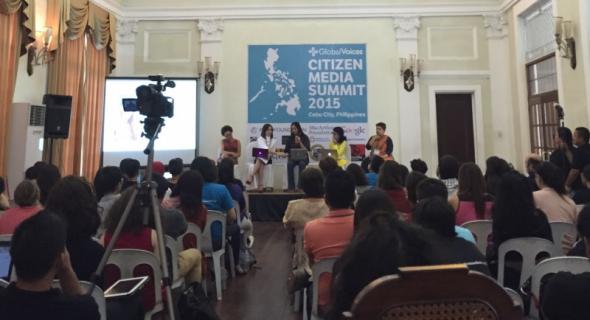 The internet has been used by many across the world to discuss taboo topics, generate thoughts and reflections on (non-heteronormative) sexuality and gender, and to circumvent traditional censorship and mainstream narratives. Beyond the nipples censored by social media platforms and the pervasiveness of pornography online, there are intricate complexities to producing and publishing sexual content online, and enormous potential for the internet as a space for sexual rights activism.
The internet has been used by many across the world to discuss taboo topics, generate thoughts and reflections on (non-heteronormative) sexuality and gender, and to circumvent traditional censorship and mainstream narratives. Beyond the nipples censored by social media platforms and the pervasiveness of pornography online, there are intricate complexities to producing and publishing sexual content online, and enormous potential for the internet as a space for sexual rights activism.
This was the focus of the first APC panel at the Global Voices Citizen Media Summit taking place on 24-25 January. Jan Moolman from the APC Women’s Rights Programme moderated a session that was joined by Dhyta Caturani, from EngageMedia; Bishakha Datta, from Point of View Mumbai; Naomi Fontanos, from Gender and Development Advocates (GANDA) Philippines; and Ana Santos, from Sex and Sensibilities.
Feminist Principles of the Internet were developed as a response to the question “What would a feminist internet look like?”, Jan Moolman introduced.
“What comes first? Porn shapes social views or social views shape porn?” Dhyta Caturani asked. Many countries, like Indonesia, decide to block pornography and key words related to sex “for women protection purposes”. But what is the definition of porn? Women showing skin? Breastfeeding? Is kissing porn? And love stories? LGBT content is often considered porn, and blocked. So is sex education content. What is morality? What is obscenity? Who defines them?
What solutions do we offer?, was the question posed by the panelists. “As women, we need to raise awareness of the importance of the issue of sex rights and internet freedom,” Caturani insisted. “Offline and online sexual violence are connected. Women should not be the receiving end, but be involved in the struggle.”
Naomi Fontanos presented the work of LGBT rights group GANDA Filipinas. “There is a huge transgender women community in the Philippines, but it has been historically marginalized. Brutal murders of transgender women have taken place in the Philippines, many cases remain unsolved.” She presented the case of Jennifer Laude, which called international attention to the transgender phenomenon and brought together social justice movements. “The internet has played a huge role to give visibility to the transgender community, but it also allows for a huge amount of hate comments.”
Fontanos concluded her presentation posing the contradictions of the online and offline battle for human rights. Freedom of expression vs. hate speech; responsibility and respectatibility vs. transgender identity; right to offend vs. right to self-determination.
Ana Santos talked about Women on the Web and the cycle of electronic violence. She brought attention to Amanda Hess’s article “Why Women aren’t welcome on the internet”, which provoked many hate messages and death threats. “Women receive more threats and sexually explicit messages. It’s not an equal space.”
She reminded of the importance of fighting laws that may be presented as protection for women but are used to regulate against freedom of expression. “Protecting women online will be the next civil rights issue,” she said.
Bishakha Datta from Point of View Mumbai presented on the intersection of gender, sexuality and the internet. “Freedom and Openness should be approached including the issue of sexuality. When we think of privacy, consent, surveillance, let’s find ways to link it to harms experienced by individuals, including for sexual and gender reasons.”